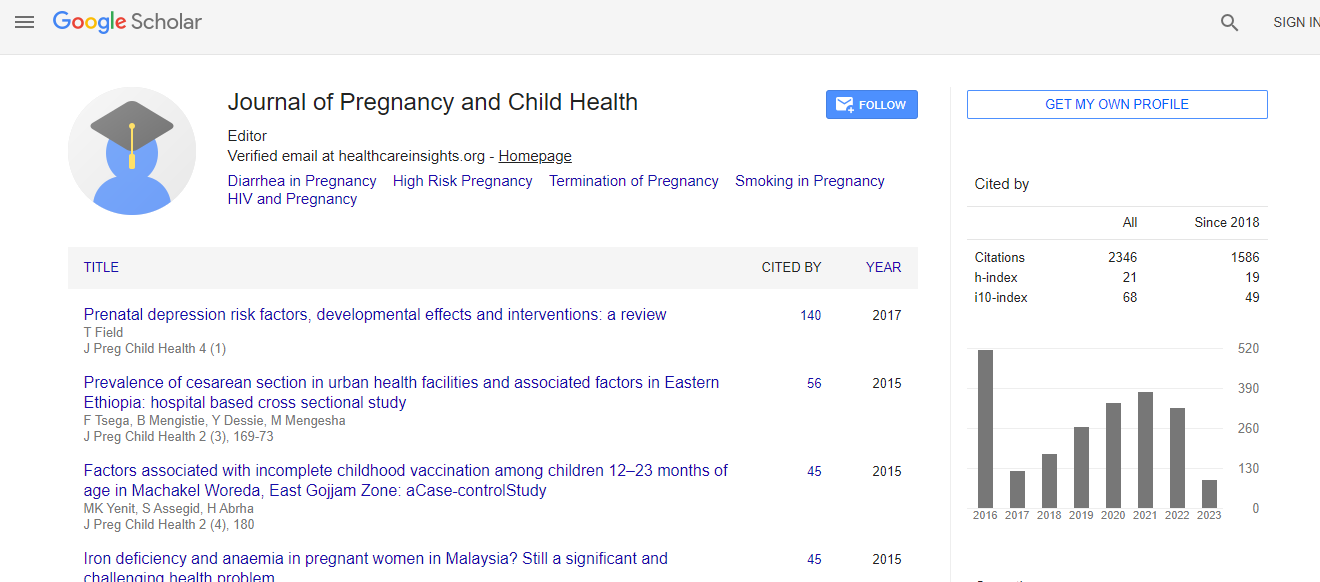Research Article
Decision Making in the Face of Uncertainty: Perinatal Zika Virus Infection
Siobhan M Dolan*, Carly Hirschberg and Isha Kalia
Department of Obstetrics and Gynaecology and Women’s Health, Albert Einstein College of Medicine Montefiore Medical Center, Bronx, USA
- Corresponding Author:
- Siobhan M Dolan
Department of Obstetrics and Gynaecology and Women’s Health
Albert Einstein College of Medicine
Montefiore Medical Centre, Bronx, USA
Tel: 9145227977
E-mail: siobhanmdolan@yahoo.com
Received April 19, 2016;; Accepted April 24, 2016; Published April 29, 2016
Citation: Dolan SM, Hirschberg C, Kalia I (2016) Decision Making in the Face of Uncertainty: Perinatal Zika Virus Infection. J Preg Child Health 3:250. doi:10.4172/2376-127X.1000250
Copyright: © 2016 Dolan SM, et al., This is an open-access article distributed under the terms of the Creative Commons Attribution License, which permits unrestricted use, distribution, and reproduction in any medium, provided the original author and source are credited.
Abstract
Zika virus is currently impacting the Americas with its third major global outbreak. Most notably, this outbreak, which began in 2015, has been temporally linked to cases of microcephaly within Brazil. Zika’s worrisome fetal outcomes have raised concern about perinatal Zika infection. There is little known about the virus’s impact on pregnancy in various trimesters, the timeline of the infection, the significance of immunity and the range of fetal outcomes. This uncertainty makes the physician’s role in counselling patients all the more challenging. As members of the medical field, it is important to provide the best available information to help patients make informed decisions, which is particularly challenging in the face of this emerging epidemic and evolving knowledge base transmitted by the Aedes Aegypti mosquito, Zika virus is an RNA virus that is a member of the flavivirus family and is closely related to dengue, yellow fever and West Nile virus. Currently the Aedes Aegypti mosquito is the only vector transmitting Zika to humans, thereby limiting the impact of Zika to warm climate areas where the mosquito inhabits. In fact, Zika was first discovered in 1947 as a virus impacting primates and transmitted by a mosquito vector within a forest in Uganda. However, arboviruses are continually evolving and there is concern that this virus could adapt to new vectors and expand to more northern environments as well.

 Spanish
Spanish  Chinese
Chinese  Russian
Russian  German
German  French
French  Japanese
Japanese  Portuguese
Portuguese  Hindi
Hindi 
